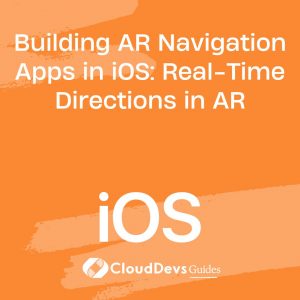What is Core Data?
Core Data is a powerful framework provided by Apple for managing and persisting structured data in iOS, macOS, watchOS, and tvOS apps. Core Data simplifies the task of managing complex data models by providing an object-oriented API for interacting with a persistent store, typically a SQLite database. Core Data abstracts the underlying database implementation and provides a high-level interface for performing common data operations, such as fetching, inserting, updating, and deleting data objects.
Key features and benefits of Core Data include:
- Object-Graph Management: Core Data manages the object graph, representing relationships between data objects in memory. This allows developers to work with data objects as native objects in their programming language (e.g., Swift or Objective-C) rather than dealing with raw database records. Core Data automatically handles the creation, deletion, and relationship management of data objects, simplifying data management tasks.
- Data Model: Core Data uses a data model to define the structure of the data managed by the framework. Developers define entities representing data objects, attributes representing properties of entities, and relationships representing connections between entities. Core Data supports various data types for attributes, including primitive types, scalar types, and transformable types.
- Persistence Store: Core Data abstracts the underlying persistence store, allowing developers to choose from different storage options, including SQLite databases, binary files, or in-memory stores. Core Data automatically handles the management and optimization of the persistence store, including data caching, indexing, and performance optimizations.
- Faulting and Lazy Loading: Core Data uses faulting and lazy loading mechanisms to optimize memory usage and improve performance. When fetching data objects from the persistent store, Core Data loads only the necessary data into memory, deferring the loading of related data until it’s accessed by the application. This reduces memory overhead and improves the responsiveness of the app, especially when dealing with large datasets.
- Managed Object Contexts: Core Data uses managed object contexts to manage the lifecycle of data objects and their interactions with the persistent store. Managed object contexts represent a scratchpad for working with data objects, allowing developers to create, modify, and delete objects within a transactional context. Core Data supports multiple managed object contexts, enabling concurrent access to data objects and efficient concurrency management.
- Concurrency and Thread Safety: Core Data provides built-in support for concurrency and thread safety, allowing developers to perform data operations concurrently across multiple threads or queues. Core Data uses managed object contexts with different concurrency types (main queue confinement, private queue, or main and private queue concurrency) to manage concurrent access to data objects safely and efficiently.
- Undo and Redo Support: Core Data includes built-in support for undo and redo functionality, allowing users to revert changes made to data objects or redo previously undone changes. Core Data automatically tracks changes made to data objects within a managed object context and provides methods for undoing and redoing changes at the object or context level.
- Data Validation and Constraints: Core Data provides mechanisms for data validation and constraints, ensuring the integrity and consistency of the data stored in the persistence store. Developers can define validation rules and constraints for data attributes, relationships, and entities, enforcing data integrity and preventing invalid data from being saved to the store.
- Migration and Versioning: Core Data supports data migration and versioning, allowing developers to evolve the data model over time without losing existing data. Core Data includes tools and APIs for migrating data between different schema versions, mapping changes between model versions, and automatically updating the persistence store to match the current data model.
- Integration with SwiftUI and UIKit: Core Data seamlessly integrates with SwiftUI and UIKit, allowing developers to build data-driven user interfaces using SwiftUI’s declarative syntax or UIKit’s imperative approach. Core Data provides SwiftUI bindings and UIKit APIs for fetching, displaying, and updating data objects in UI views, enabling seamless integration between data management and user interface components.
Core Data is a powerful and versatile framework for managing and persisting structured data in iOS apps. By leveraging Core Data, developers can create robust, scalable, and efficient data-driven applications with minimal effort, allowing them to focus on building great user experiences and delivering value to users. Whether you’re building a simple task manager app or a complex enterprise application, Core Data provides the tools and capabilities you need to manage data effectively and build successful iOS apps.







